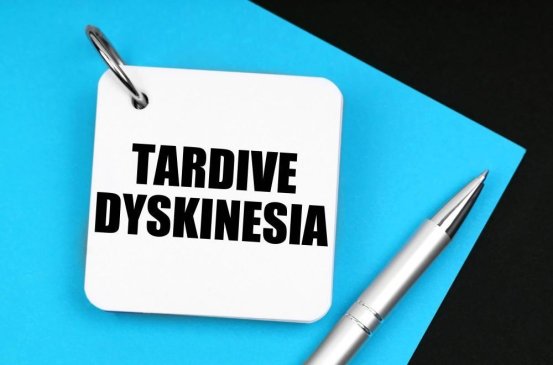

Exploring the complexities of tardive dyskinesia (TD) involves examining its causes, symptoms, and management options. Characterized by involuntary and repetitive body movements—most commonly affecting the face, mouth, and limbs—TD often emerges after prolonged use of specific medications. Although it presents long-term challenges, increased awareness of its underlying mechanisms and available treatments allows individuals and healthcare providers to navigate the condition with greater understanding and effectiveness.
Exploring the complexities of tardive dyskinesia (TD) involves examining its causes, symptoms, and management options. Characterized by involuntary and repetitive body movements—most commonly affecting the face, mouth, and limbs—TD often emerges after prolonged use of specific medications. Although it presents long-term challenges, increased awareness of its underlying mechanisms and available treatments allows individuals and healthcare providers to navigate the condition with greater understanding and effectiveness.

Understanding the Disorder
Tardive dyskinesia is a neurological movement disorder that develops from extended exposure to dopamine-blocking medications, often used to treat psychiatric or gastrointestinal conditions. These drugs can gradually alter the brain’s dopamine receptor sensitivity, resulting in uncontrolled muscular activity. The condition’s presentation varies widely; while some experience mild, intermittent symptoms, others face significant impairment that disrupts communication, eating, and mobility.
Common Symptoms
The defining feature of TD is repetitive, involuntary motion. Typical signs include puckering lips, protruding the tongue, grimacing, and excessive blinking. Movements may also affect the neck, shoulders, or limbs, leading to noticeable physical discomfort or embarrassment. The severity and persistence of symptoms often depend on factors such as medication type, dosage, and individual vulnerability. Early detection and continuous monitoring can help prevent progression and manage its impact on daily activities.
Primary Causes and Risk Factors
Tardive dyskinesia usually arises after long-term use of antipsychotic or dopamine receptor-blocking drugs. Over time, the brain adapts to these medications, leading to receptor hypersensitivity. Risk factors that heighten the likelihood of TD include:
Extended treatment duration or high cumulative doses
Older age, as aging increases neural sensitivity
Genetic predisposition influencing dopamine function
Coexisting medical or neurological conditions
Healthcare providers emphasize the importance of ongoing evaluation to detect movement abnormalities early, particularly in individuals undergoing prolonged therapy.
Diagnosis and Clinical Assessment
Diagnosing tardive dyskinesia requires detailed observation and medical history review. Physicians rely on standardized movement rating scales and multiple clinical visits to assess fluctuations in symptom intensity. Medication history—including duration, dosage, and treatment adjustments—is critical for linking the disorder to its cause. Additional neurological assessments may be conducted to eliminate alternative explanations, ensuring diagnostic accuracy.
Treatment and Management Options
Management strategies for TD focus on minimizing symptoms while maintaining necessary medical therapy. Approaches often include lowering medication dosage, switching to drugs with lower risk, or introducing targeted medications designed to reduce involuntary movements. Supportive interventions such as physical, occupational, and speech therapy further improve motor control and functional independence. Individualized care plans, regular reviews, and close collaboration between patients and clinicians are essential for effective management.
Recent Research and Innovations
Ongoing research is uncovering new insights into the biological mechanisms underlying tardive dyskinesia. Scientists are investigating neurochemical imbalances, oxidative stress, and genetic markers to identify early predictors. Promising drug developments aim to rebalance dopamine signaling and prevent symptom escalation. Improved diagnostic imaging and biomarker studies are enhancing early detection, allowing more proactive intervention.
Living with Tardive Dyskinesia
The visible nature of TD can create emotional and social challenges. Individuals may experience frustration or isolation due to the involuntary movements. Support groups, counseling, and mindfulness-based therapies help manage emotional stress. Caregivers and families play a key role in providing reassurance, patience, and consistent assistance, contributing significantly to overall well-being.
Outlook and Future Directions
The future of tardive dyskinesia management lies in personalized care that accounts for genetic risk factors and individualized treatment responses. Increasing awareness among healthcare professionals and patients ensures earlier identification and intervention. Advances in therapeutic options and patient education are paving the way for better symptom control and quality of life improvement.
Conclusion
Tardive dyskinesia remains a complex condition that demands careful medical management and patient support. Understanding its origins, symptoms, and treatment strategies empowers patients and clinicians to work together toward better outcomes. With continuing scientific progress and a holistic approach to care, the prospects for individuals affected by TD continue to improve.